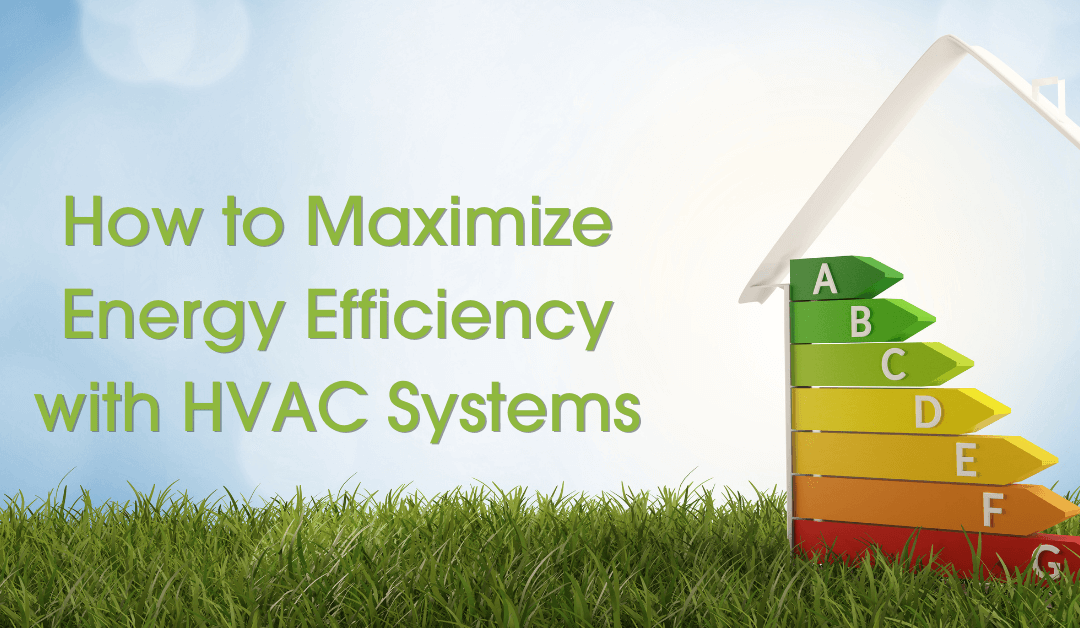What’s a SEER ratio?
The U.S. Department of Energy defines SEER as the Seasonal Energy Efficiency Ratio, or the measure of the energy efficiency of a heating and cooling system. Minimum standards are set by the DOE, depending on geographical region.
To calculate a SEER ratio, DOE simulates a “typical” cooling season of a region, and compares outdoor temperatures (from 60 degrees to over 100) to a constant indoor temperature. Then, they divide that number by energy usage in Watt-Hours. The total is the maximum energy efficiency, or SEER ratio. The higher the number, the higher the energy efficiency. This means the greater the comfort in the summer months when air conditioning usage is at its highest. The minimum standard for all current systems is a SEER ratio of 13.
The lower the SEER ratio, like with older HVAC systems, the lower the energy efficiency. These systems usually have a SEER ratio of only 8 or 9. They are usually single-stage, run on only one speed, do not maintain humidity levels, and do not adjust to weather conditions. These systems are not equipped to adjust speed and temperature automatically. As a result, HVAC systems must run longer and on more energy than necessary to remove humidity and cool the home. This creates hot and cold spots, and costs consumers.
How does SEER affect Energy Efficiency?
Generally, a higher SEER ratio is a good indicator of energy efficiency as a whole. Similarly, ENERGY STAR ratings also have a significant effect. However, SEER is not a clear-cut representation of the total energy output of a system. Geographical differences, ductwork, size of the home, and other variables affect energy efficiency. To put it into perspective, your car has a MPG ratio of 39 highway miles. However, the conditions used to measure this are usually not the conditions that you will be driving in. Bumper-to-bumper traffic decreases your MPG ratio, just as driving habits, tire and road conditions, etc. do as well. However, it’s safe to say that a sedan has a higher MPG ratio than a truck. That same principle applies with energy efficiency of your HVAC system.
How do homeowners and HVAC pros optimize Energy Efficiency?
So, what’s a good SEER ratio for your HVAC system? The one that makes your home comfortable, using the least amount of energy. It may seem oversimplified, but when comparing your current system to one with a higher SEER ratio, going with the higher ratio reduces your costs and is more energy efficient. However, the energy efficiency and cost savings don’t stop there. You can take it a step further to ensure maximum energy efficiency! Make sure your HVAC system has a variable-speed compressor and that you regularly service and maintain it.
Systems such as Ecoer’s Smart Service System with IoT technology have these energy efficiency and cost-saving features and more. Their SEER ratio greatly exceeds the minimum, at a ratio of 20, and their Smart Service App alerts your HVAC professional of maintenance needed on the system, giving suggestions for reducing energy usage further. These features ensure maximum energy efficiency and cost savings with your HVAC system.
To learn more about Ecoer’s IoT Gateway System, and how their innovative tech looks beyond just the SEER ratio to save money and the environment, visit: https://www.ecoer.com.

